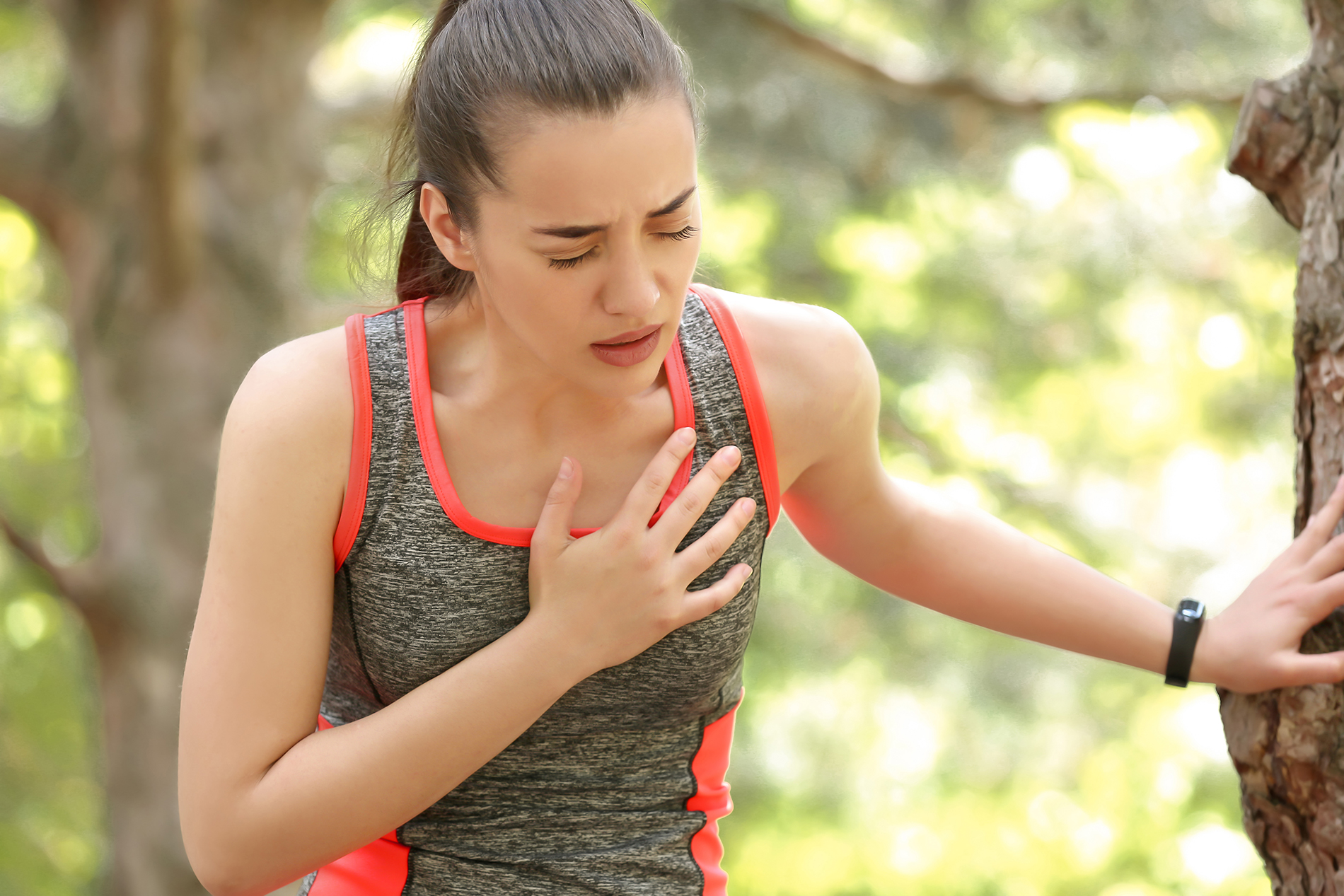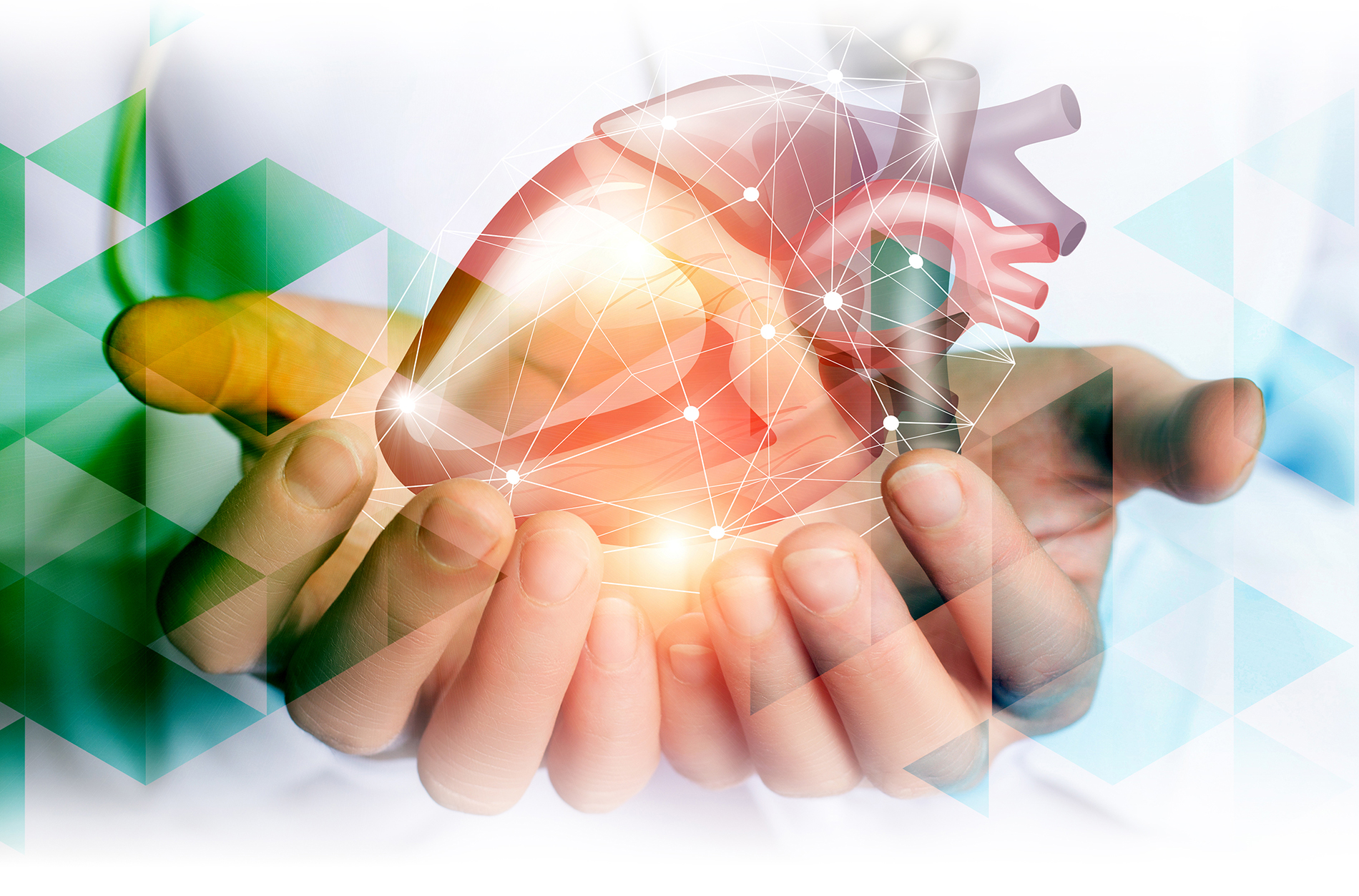Heart disease is the number 1 cause of death among adults in the United States. A heart attack, also called a myocardial infarction, happens when a part of the heart muscle doesn’t get enough blood. The more time that passes without treatment to restore blood flow, the greater the damage to the heart muscle, which makes knowing the signs and symptoms of heart attack even more important. Symptoms of a heart attack may be immediate and intense. More often, though, symptoms start slowly and persist for hours, days or weeks before a heart attack. It's important to know how risk and symptoms of heart disease may differ for women and men.

Men
Many men are at high risk for developing heart disease with obesity and smoking as the most common factors. Other risk factors include a diet high in saturated fat, alcohol abuse or excessive drinking, high cholesterol, diabetes and high blood pressure (hypertension).
Heart Attack Signs in Men
- Chest pain. Most heart attacks involve discomfort in the center of the chest that lasts more than a few minutes or goes away and comes back. It can feel like uncomfortable pressure, squeezing, fullness or pain.
- Physical discomfort. It’s possible to have discomfort that doesn’t register as painful. Symptoms can include pain or discomfort in one or both arms, the back, neck, jaw or stomach.
- Shortness of breath with or without chest discomfort.
- Other signs include breaking out in a cold sweat, nausea or feeling lightheaded.
Women
Most of what we know about diagnosis and treatment of heart disease comes from research on middle-aged men, but the disease is different in women. Women with heart disease have different symptoms than men and tend to have heart attacks later in life. Symptoms of heart disease in women might be attributed to existing conditions, such as arthritis or diabetes. High blood pressure, high cholesterol and diabetes may make surgery riskier as well.
Heart Attack Signs in Women
- Chest pain. As with men, the most common heart attack symptom for women is chest pain or an uncomfortable pressure, squeezing, fullness or pain in the center of your chest. It can last more than a few minutes or go away and come back.
- Pain or discomfort in one or both arms, the back, neck, jaw or stomach.
- Shortness of breath with or without chest discomfort.
- Other common symptoms in women include breaking out in a cold sweat, nausea or vomiting, feeling lightheaded, palpitations, sleep disturbances and unexplained fatigue.






Leave a comment